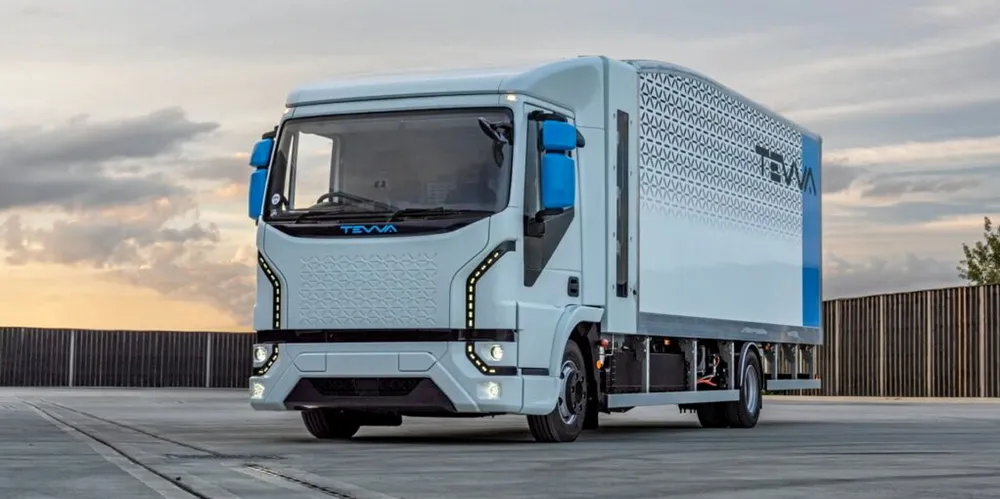EXCLUSIVE | Power and transport sectors will consume half of global hydrogen supply in 2050 — despite efficiency concerns: Irena
Both industries will grow rapidly — from zero in 2020 — according to figures calculated for agency’s new 1.5°C scenario report

The transport and power sectors will consume almost half of the 614 million tonnes (Mt) of hydrogen that would be produced annually in 2050 in a 1.5°C scenario, according to the International Renewable Energy Agency (Irena).
Hydrogen use in both industries is currently negligible — not to mention controversial — with Irena putting their 2020 consumption at zero.
Irena itself states that batteries are a better option than hydrogen for cars and regional trucks, but it is on the fence for long-haul trucks.
The power sector comes second with 172.1Mt, or 28%.
The transport sector is the third-largest consumer of hydrogen in 2050, according to the figures, consuming 134.1Mt, or 21.8%, of the total.
“Towards 2050, the largest area of growth will be the transport sector. Uses for pure hydrogen to complement electricity arise in the road and rail sectors, in which use of ammonia for international shipping and synthetic fuels for international aviation are among the largest uses,” says the report.
Irena splits the transport sector into six categories: road transport (57.8Mt), international shipping (40.5Mt), international aviation (13Mt), domestic shipping (8.6Mt), domestic aviation (8.5Mt), and rail (5.7Mt).
The remaining 17.3% of global hydrogen demand in 2050, under Irena’s 1.5°C scenario, comes from direct-reduced iron in the steel industry (55Mt), buildings (ie, heating and direct use of hydrogen in fuel cells) (26.9Mt), and “other industries” such as cement and concrete (20.2Mt).
The figure for buildings seems quite bullish, considering that Irena believes that residential heating is the worst possible use case for hydrogen. As the new report states: “For some applications, like low- and mid-temperature heating or road transport, electrification is not only more efficient but more cost-effective and can lead to decarbonisation today with available technologies.”